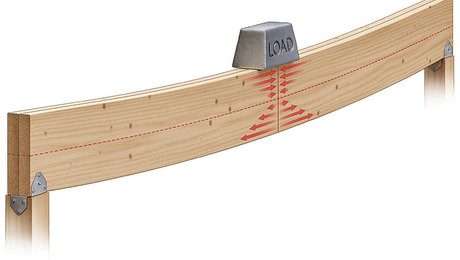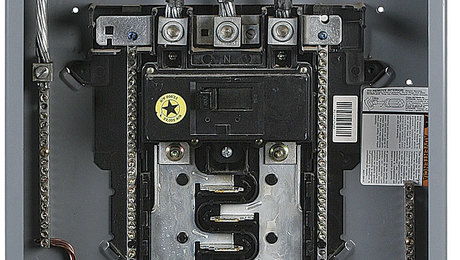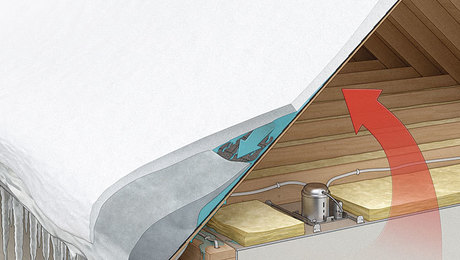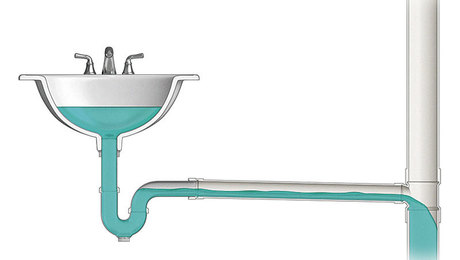How it Works: Urban heat island
An urban heat island can cause a host of problems, including smog formation and the excessive reliance on air-conditioning in summer months.

Synopsis: Most Americans today live in a metropolitan area. This population density has advantages, including social connectivity and availability of public transportation. It also has downsides, such as the generation of a huge amount of heat over the metropolitan area. This urban heat island can cause a host of problems, including smog formation and the excessive reliance on air-conditioning in summer months. In this “How It Works” article, associate editor Rob Yagid offers some insights on how urban heat islands form and how homeowners can take steps to help reduce their impact.
America’s population, which according to the 2010 census now exceeds 308 million, has never before lived in such dense, developed communities. The connectivity fostered by dense living has important social, economic, and environmental benefits. For example, in metropolises, more people opt to walk or use public transportation than own a car, which reduces fuel consumption and emissions. (The Brookings Institution, a Washington D.C.-based research firm, reports that in 2005, the average New York metropolitan resident emitted only 1.495 tons of carbon into the atmosphere from highway- and residential-energy use, compared to 2.6 tons of carbon emitted by the average American.) However, dense living has serious implications.
The isolated bubble of warm air created around a metropolis, also known as an urban heat island, can cause a host of problems. One solution to help dissipate urban heat islands is integrating cool roofs on homes and buildings. Author Linda Reeder surveys the latest cool-roof materials of this issue and explores some of their other residential benefits. To get the most out of that article, however, it’s important to understand what an urban heat island is, whom it affects, and how it works.
For more diagrams and a full breakdown of the urban heat island, click the View PDF button below.





























